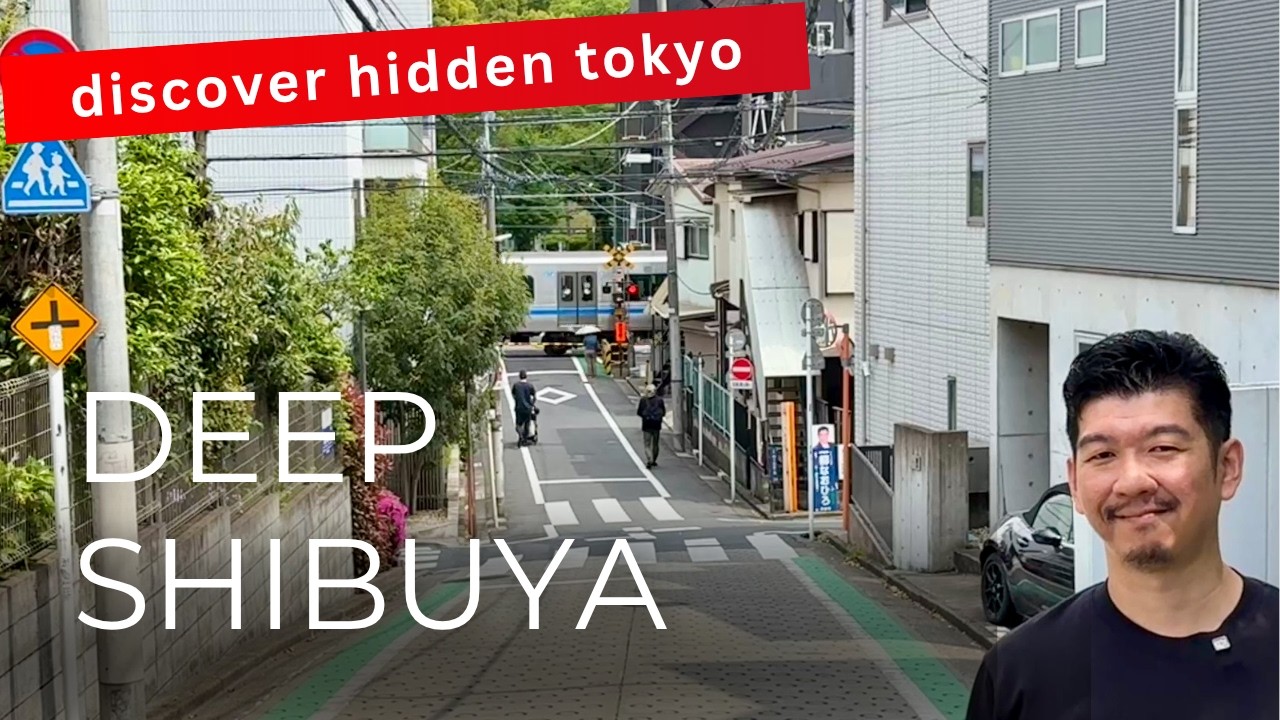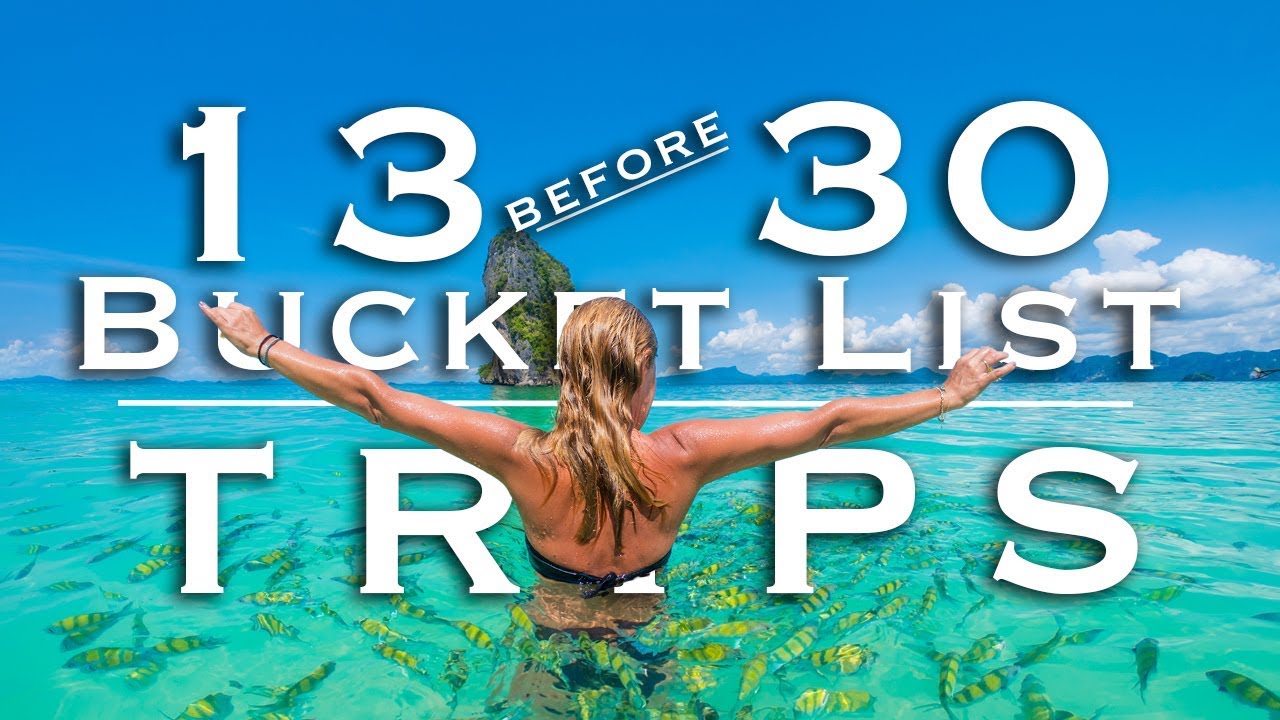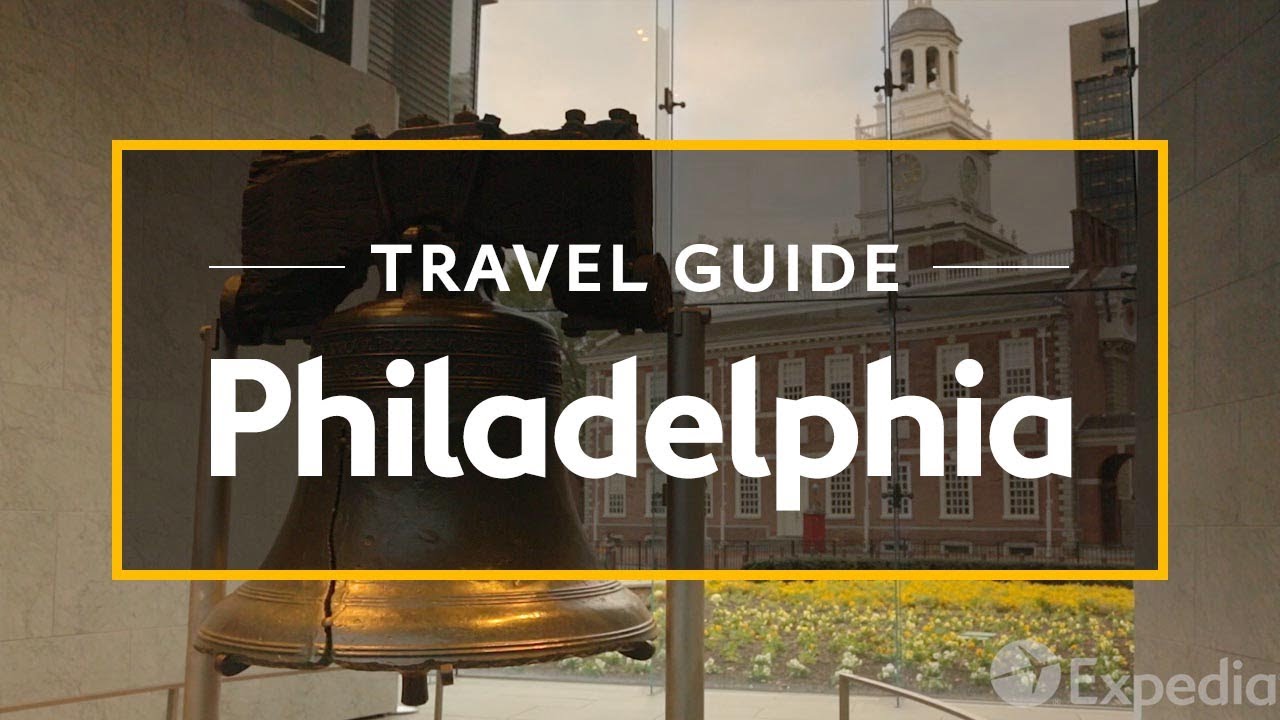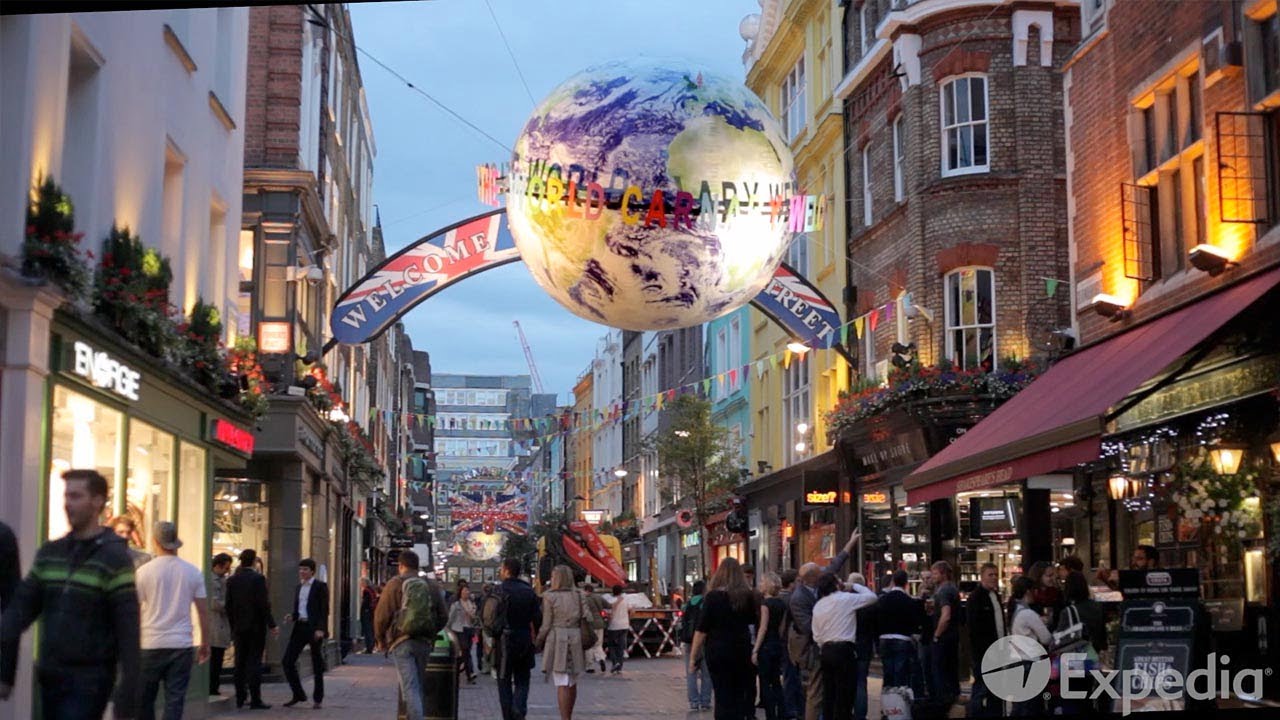15 Airport Secrets Airlines Use To Trick Passengers! View the full article → https://passportprotravel.com/blog/ Airports use clever …
Airlines and airports use a variety of psychological tricks and hidden fees to increase revenue and manage passenger flow. Understanding these tactics can help you save money and reduce travel stress.
Here are 15 airport secrets and tricks that airlines use to “trick” passengers:
1. Padded Flight Times
Airlines often build extra time into their flight schedules. This allows them to maintain a high “on-time” arrival rate, even with minor delays, which improves their metrics and avoids compensation payouts for short delays. You may think you arrived early, but the flight was simply scheduled for a longer duration than necessary.
2. The Illusion of a Cheap Fare
Low-cost airlines, in particular, advertise extremely low base fares to get your attention. However, this base price rarely includes anything more than your seat. The real cost is hidden in a series of add-ons during the booking process.
3. Baggage Fees at Every Turn
Airlines make billions from baggage fees. They lure you in with a low fare, then charge you for:
- Checked bags (and often more for a second or third bag).
- Overweight or oversized bags (with hefty penalties).
- Carry-on bags (especially on budget airlines, where a carry-on that doesn’t fit under the seat may incur a fee).
4. The Seat Selection Surcharge
What used to be a free choice is now a major revenue stream. Many airlines charge a fee to select a specific seat, even in standard economy. They often make it seem mandatory to select a seat, but you can usually skip this step and be assigned a seat for free at check-in (though you risk a less desirable middle seat).
5. Overbooking
Airlines routinely overbook flights, betting that a certain number of passengers will not show up. This maximizes their profits. If a flight is full and too many people show up, they will offer incentives (vouchers, compensation) for volunteers to take a later flight.
6. The “Basic Economy” Trap
This is a stripped-down, non-refundable fare class that comes with significant restrictions. It often prohibits seat selection, carries strict carry-on rules, and doesn’t allow for changes. It’s a way for airlines to compete on price while pushing passengers to upgrade to a higher, more flexible fare.
7. The Winding Duty-Free Maze
After security, the airport layout is specifically designed to guide you through a labyrinth of duty-free shops. The goal is to slow you down and encourage impulse purchases before you get to your gate.
8. Pervasive Price Gouging
The prices for food, drinks, and other goods at the airport are significantly marked up. An airport’s non-aeronautical revenue from these sources can be a huge part of its business model. Bringing your own food and a reusable water bottle (refillable after security) is an easy way to save money.
9. Dynamic and Personalized Pricing
Airlines and booking sites use complex algorithms to adjust prices based on demand and your Browse habits. Some systems may even use your search history and location to show you a higher price, a tactic you can try to circumvent by using incognito mode, clearing cookies, or a VPN.
10. Sneaky Booking & Payment Fees
Some airlines charge extra for things like booking through their call center, printing a boarding pass at the airport, or even using a specific credit card to pay for your ticket.
11. The Boarding Group Mind Game
Airlines create multiple boarding groups to manage the flow of passengers. They also sell “priority boarding” as a premium service. This creates a sense of anxiety and a rush to get on the plane first to secure overhead bin space, encouraging you to pay for the upgrade.
12. The “Pre-Check” Upsell
While services like TSA PreCheck are legitimate and save time, airports and airlines leverage the stress of security lines to promote these paid services.
13. Charging for In-Flight Amenities
On many flights, especially with budget carriers, what used to be free (meals, snacks, blankets, entertainment) is now a paid service. Always check what’s included with your fare and bring your own entertainment and snacks to avoid these costs.
14. “Ghost Flights” to Hold Slots
Airlines, in certain cases, operate nearly empty “ghost flights” to maintain their valuable airport slots, which are granted based on a “use it or lose it” policy.
15. The ATM Money Trap
ATMs in airports often charge high fees for withdrawals and may offer poor currency exchange rates. It’s almost always better to get local currency from a bank at your destination or use a credit card with no foreign transaction fees.









